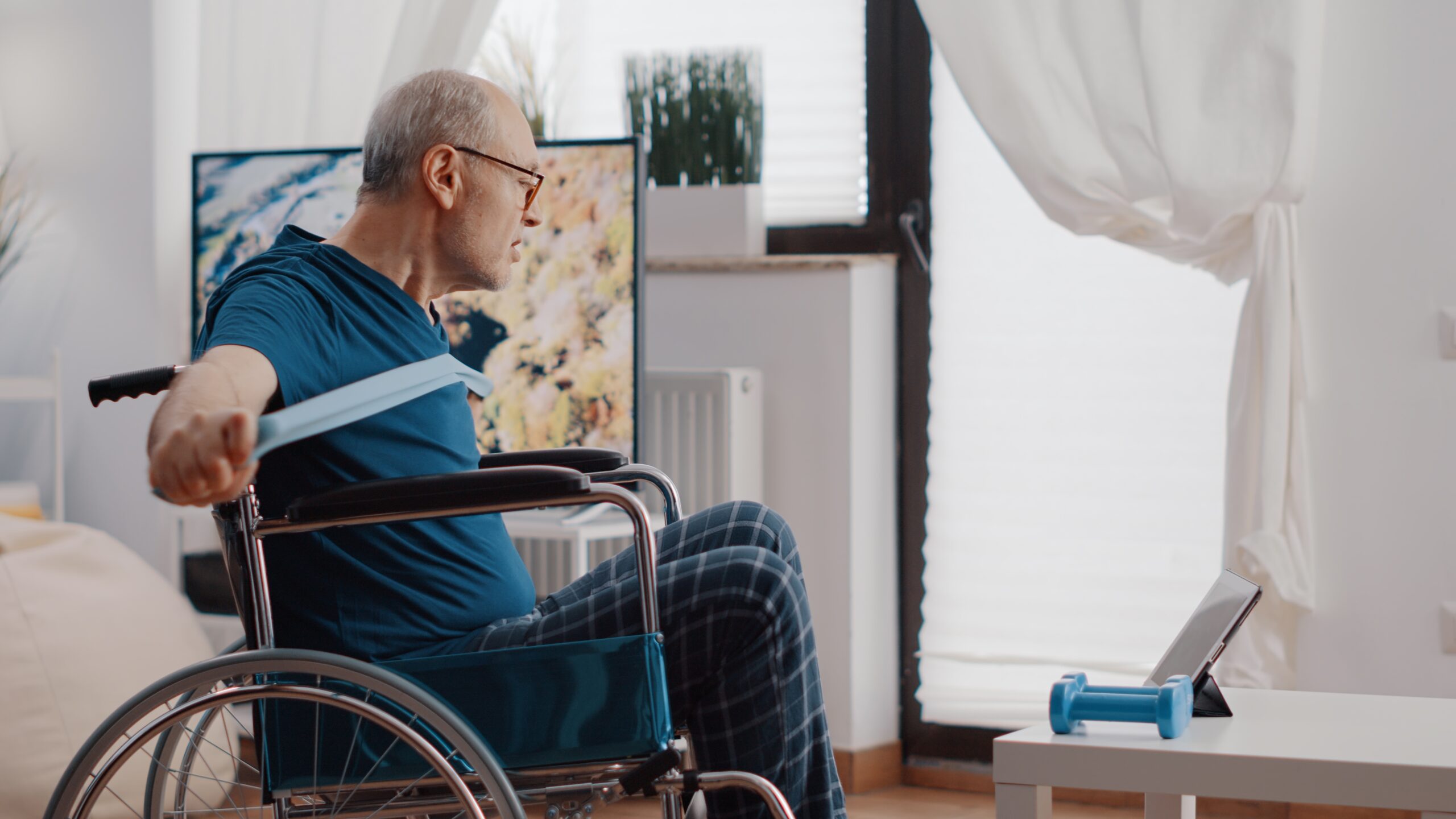Technology has played a significant role in advancing remote rehabilitation, enabling individuals to receive therapeutic interventions and support from the comfort of their homes. Here are some examples of technologies used in remote rehabilitation:
-
Telehealth Platforms:
Video conferencing tools and telehealth platforms allow individuals to connect with healthcare professionals for virtual rehabilitation sessions. This technology facilitates real-time communication, assessment, and guidance. -
Wearable Devices:
Wearable technology, such as fitness trackers and smartwatches, can monitor and provide feedback on various health metrics, including physical activity, heart rate, and sleep patterns. These devices help individuals and healthcare providers track progress and adjust rehabilitation plans accordingly. -
Virtual Reality (VR):
VR technology is used in rehabilitation to create immersive and interactive environments. Patients can engage in virtual exercises or activities that simulate real-world scenarios, enhancing motor skills and cognitive functions. -
Mobile Applications:
Numerous mobile apps are designed for remote rehabilitation, providing guided exercises, therapy programs, and progress tracking. These apps cater to various rehabilitation needs, including physical therapy, speech therapy, and mental health support. -
Remote Monitoring Devices:
Devices equipped with sensors can remotely monitor a patient’s movements, activities, and vital signs. This data can be shared with healthcare professionals, allowing for continuous assessment and personalized adjustments to the rehabilitation plan. -
Robot-Assisted Therapy:
Robotic devices are used for remote rehabilitation to assist with specific exercises or movements. These devices can be controlled by healthcare professionals or used independently by patients under remote guidance. -
Augmented Reality (AR):
AR overlays digital information onto the real world, providing visual cues or instructions during rehabilitation exercises. This technology can enhance the precision and effectiveness of movements during remote sessions. -
Online Rehabilitation Platforms:
Dedicated online platforms offer a variety of rehabilitation programs, exercises, and educational resources. These platforms often include interactive features and progress tracking to keep individuals engaged and motivated. -
Remote Physical Therapy Sessions:
Physical therapists can guide individuals through rehabilitation exercises via live video sessions, offering real-time feedback and corrections. This approach allows for personalized and supervised rehabilitation from a distance. -
Sensor-Based Rehabilitation Games:
Interactive games incorporating motion-sensing technology can make rehabilitation exercises more engaging. These games encourage movement and help individuals improve coordination and range of motion.
The use of these technologies not only expands access to rehabilitation services but also promotes consistency and adherence to treatment plans, ultimately contributing to better outcomes for individuals undergoing remote rehabilitation. At Centers Healthcare, progress is pivotal, with our expert multidisciplinary team staying up to date on all advancements to further the potential recovery for all residents.
To learn more about Granville Center, visit centershealthcare.com/locations/granville-center or call 800-305-9151






